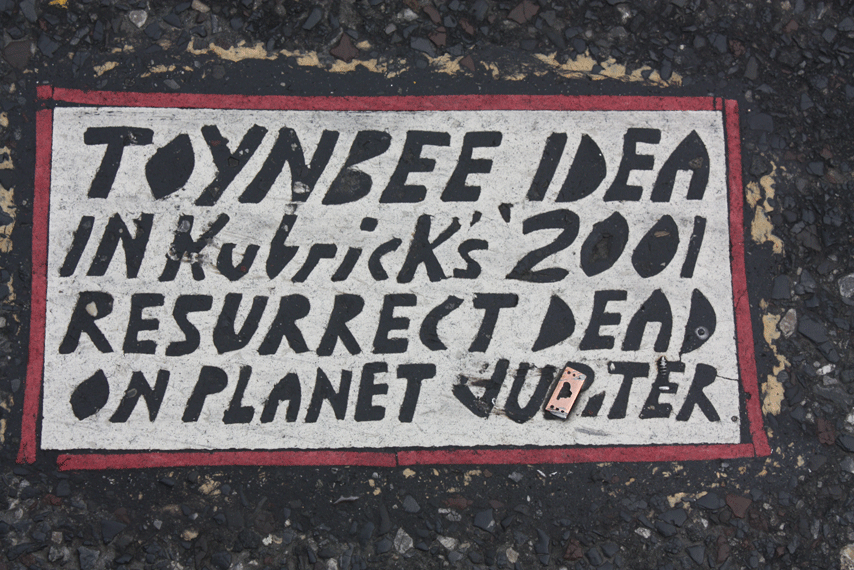
In the early hours of January 19th, 2009, a man in black—his face obscured by a long-brimmed hat—crossed the frost-laden grounds of Baltimore’s Westminster Hall and stopped before the cenotaph of Edgar Allen Poe. From the gate, where a crowd had gathered, the man could be seen to disburse his gifts: three long-stemmed roses, placed at the foot of the monument, and a bottle of cognac, which he raised in a toast to the writer’s engraved portrait. He drank a glass and left the mostly-full bottle beside the roses. It was a toast of which Poe himself might’ve approved, and it was assumed that the ritual would repeat on the next anniversary of Poe’s birth, as it had for 70-odd years.
The Poe Toaster failed to appear the following year. Rather than let the ritual die, the city of Baltimore held a competition to select the next anonymous toaster. In 2015, the unnamed champion took his predecessor’s place.
That a competition for the anonymous role had any takers is quietly incredible. In most cases, the presumed outcome of a competition is a title, renown, and your name in lights, above the fold, on the marquee. In all cases, there’s a sense of credit where credit is due—a winner needs to be announced as such to make it real.
Much is made of credit in the arts, in particular, where reputation is currency and real currency is frequently posthumous (the new Toaster’s Latin toast to Poe: Cineri gloria sera venit, Glory comes too late to one’s ashes). But anonymous art is still produced and has a following. The patrons of anonymous artists, like the crowds that wait for the Poe Toaster, commit to the work, the performance, or the ritual; they realize that the identity of the artist is inconsequential, that the artwork stands alone, or can be more readily appreciated without the bias of ownership and branding.
The work of the Toynbee tiler, in contrast to the better known work of an artist like Banksy, has managed to elude categorization (is it street art? is it art, even?) and public renown, despite his output, which consists of over six-hundred linoleum tiles worldwide.
If you live in a large North or South American city or a select handful of Iraqi ones, there’s a good chance you’ve seen a Toynbee tile. What you likely saw: a colorful or plain-white linoleum rectangle about the size of a license plate, set into layers of tarpaper on the asphalt of a roadbed. The words on the tile’s face, which variously make reference to Kubrick’s 2001: A Space Odyssey, the media, and Jews, were carved out of the linoleum so that the surrounding...
You have reached your article limit
Sign up for a digital subscription and continue reading all new issues, plus our entire archives, for just $1.50/month.
Already a subscriber? Sign in




